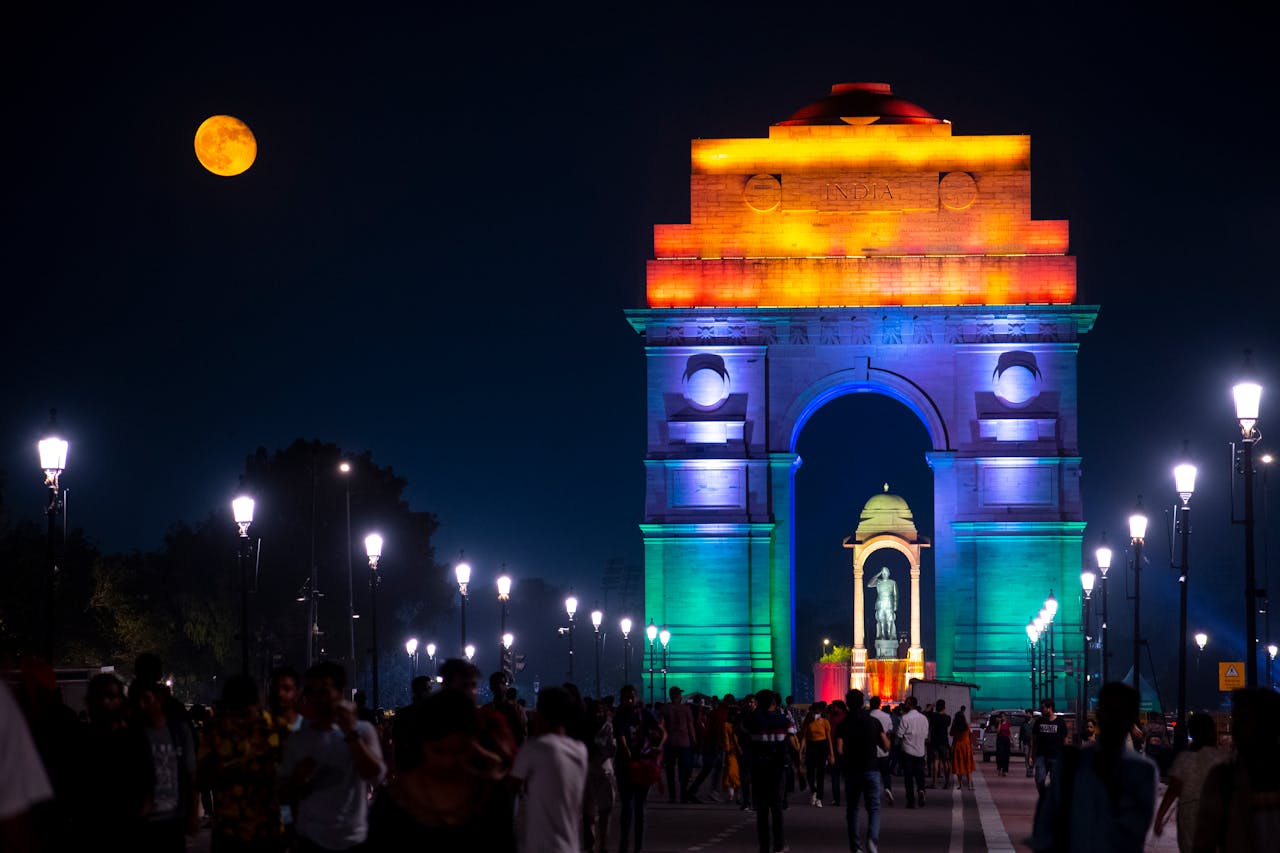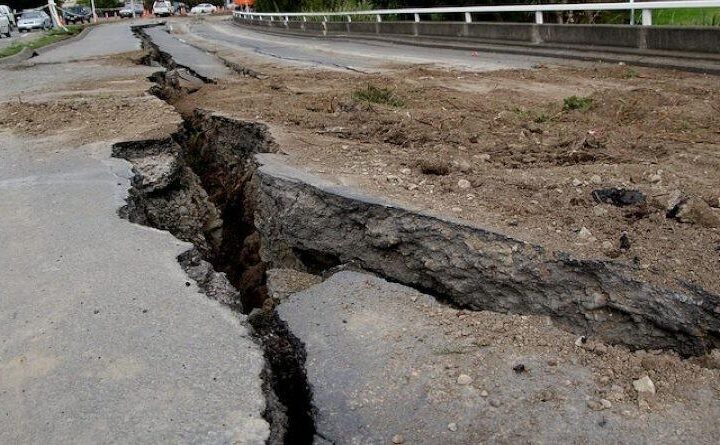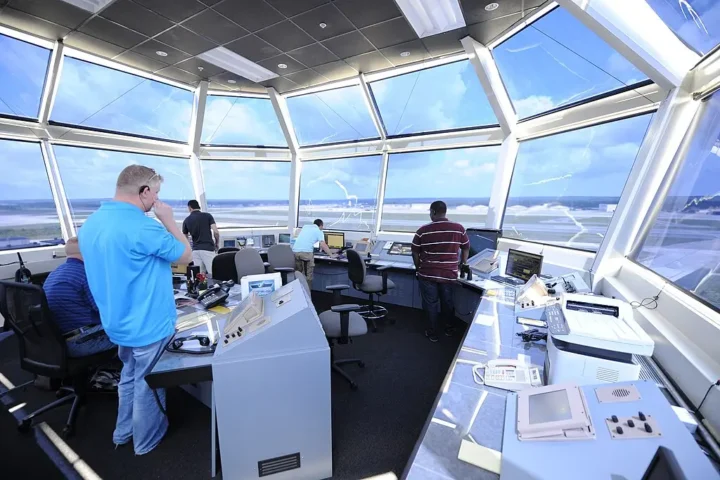The United States has updated its travel advisory for India, maintaining the Level 2 classification that urges Americans to “exercise increased caution” while traveling in the country. The advisory, issued on June 16, 2025, highlights specific concerns about crime, terrorism, and regional safety risks.
The State Department’s warning uses unusually direct language, stating that “rape is one of the fastest growing crimes in India” and that violent crimes, including sexual assault, can occur at tourist sites and other locations. The advisory explicitly tells women, “Do not travel alone, especially if you are a woman.”
The advisory also warns that terrorists may attack with little or no warning, targeting tourist locations, transportation hubs, markets, shopping malls, and government facilities. US authorities note they have “limited ability to provide emergency services to US citizens in rural areas” that stretch from eastern Maharashtra and northern Telangana through western West Bengal.
Several regions receive specific “Do Not Travel” warnings, including Jammu and Kashmir (except for eastern Ladakh and Leh), areas along the India-Pakistan border, parts of Central and Eastern India with active Maoist extremist groups, and Manipur, where ethnic-based conflict has caused extensive violence and community displacement.
For the northeastern states, the advisory recommends Americans “reconsider travel” due to terrorism threats and ethnic insurgent attacks. US government employees must obtain special permission to travel to these areas, and in some cases, they’re only permitted to visit state capitals.
The advisory also warns against possessing satellite phones or GPS devices, which are illegal in India and can lead to severe penalties — fines over $200,000 or imprisonment for up to three years.
Similar Posts
While India remains at Level 2, the language in this updated advisory appears more pointed than in previous versions. Level 2 is the second-lowest of four risk categories used by the State Department, indicating a country where travelers should be more vigilant than usual but not necessarily avoid travel altogether.
The timing of this advisory update coincides with those for several other countries including Israel, Dominican Republic, Canada, Thailand, Poland, and Australia, though the specific reasons for advisories differ by country.
Other nations have issued similar warnings. Australia currently advises its citizens to “exercise a high degree of caution in India overall” and specifically recommends against travel to Jammu and Kashmir, areas along the India-Pakistan border, and Manipur.
For travelers planning trips to India, the State Department recommends enrolling in the Smart Traveler Enrollment Program (STEP), reviewing personal security plans, preparing a contingency plan for emergencies, and checking the CDC’s travel health information. The advisory also suggests avoiding crossing the India-Nepal border by land due to immigration-related detention risks.

The advisory comes as India’s tourism sector looks toward post-pandemic recovery, potentially impacting travel plans for Americans considering visits to the country. Tourism industry representatives in India have expressed concern about the advisory’s economic impact, though official responses from the Indian government have been limited.
Tourism experts note that while Level 2 advisories don’t prohibit travel, they can influence travelers’ decisions, particularly for those considering solo trips or visits to regions outside major metropolitan areas


















